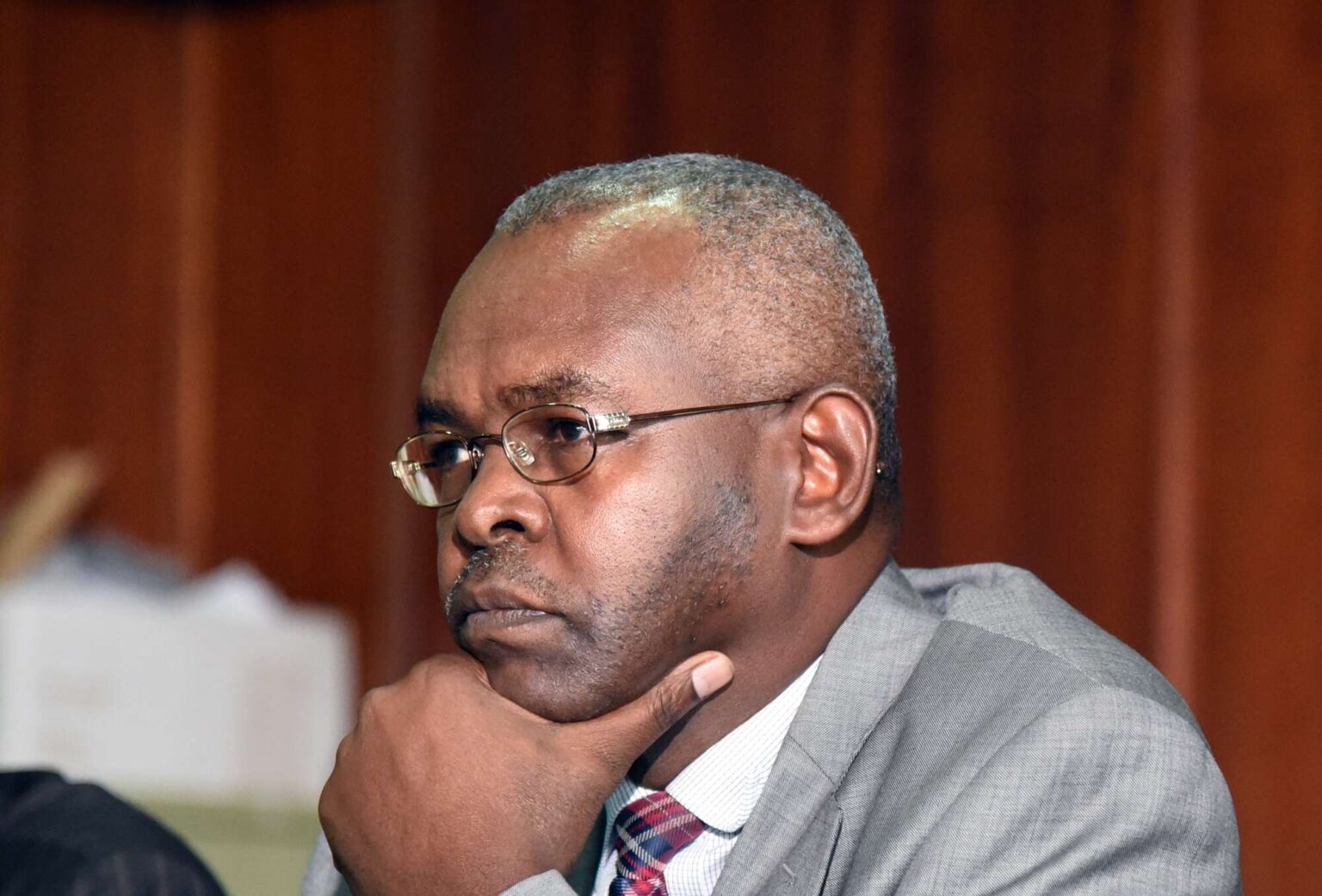- Bankers in Kenya are grappling with record 18-year high loan defaults due to high interest rates and a tough business environment.
- Central Bank of Kenya Governor Dr. Kamau Thugge says that despite the rise in bad loans, the banking sector remains stable and resilient
- The overall balance of payments is projected to be a surplus of $554 million in 2024 which should result in a reserves buildup of $1,920 million
The rate of loan defaults in Kenya has hit records last seen over 18 years ago as the fiscal policies meant to cushion the country from high inflation take a toll on the banking industry.
Latest industry data by Central Bank of Kenya shows that the ratio of gross non-performing loans (NPLs) to gross loans stood at 16.7 per cent in August 2024 compared to 16.3 per cent two months earlier.
Essentially this means that out of every Sh100 shillings that banks have loaned out, Sh16.7 of those loans were not being paid back as agreed in the month August 2024, showing how Kenyans are struggling with servicing debts.
Central Bank Governor Dr. Kamau Thugge says that despite the rise in bad loans, the banking sector remains stable and resilient, with strong liquidity and capital adequacy ratios.
However, industry players have said that loan defaults are leading to the crowding out of new lending, as banks saddled with elevated non-performing loans (NPLs) have a constrained capacity to extend new credit.
“Increases in NPLs were noted in the transport and communication, personal and household, trade, real estate and manufacturing sectors. Banks have continued to make adequate provisions for the NPLs,” said Dr Thugge in the industry wathdog’s Monetray Policy Committee dispatch this month.
In the past two months’ alone commercial bank lending to the private sector slowed to 1.3 per cent in August, 2024 compared to 3.7 per cent in July.
Read also: Cost of borrowing in Kenya on a 12-year high amid tough economic times
Kenya faces record 18-year high loan defaults
The CBK partly attributed the scenario to exchange rate valuation effects on foreign-currency-denominated loans following the appreciation of the Shilling, and the lagged effects of monetary policy tightening.
Growth in local currency-denominated loans stood at 5.2 per cent in August, with the foreign currency-denominated loans, which account for about 26 per cent of total loans, contracting by 10.6 per cent.
CBK in its latest Banking Supervision Report says that traders were the main defaulters, mainly attributed to a volatile business environment that saw them procure a dollar for over Sh160, pushing up import costs.
The sector accounted for 21 per cent of all bad loans in 2023 valued at Sh137 billion, followed by manufacturing at 20.7 per cent or Sh135.6 billion in total value.
Nonperforming loans were concentrated mainly in the trade, manufacturing, real estate, and personal and household sectors, with the four sectors accounting for 72.9 per cent of total loan defaults. According to Dr. Thugge, the growth of the money supply in Kenya saw a notable moderation in August 2024.
Speaking during the post MPC, the CBK boss said despite the overall slowdown, credit disbursed by Savings and Credit Cooperative Organizations (SACCOs) has demonstrated resilience. “This can be partially ascribed to the comparatively lower lending interest rates that SACCOs offer, making them an attractive alternative to traditional banks,” added Dr. Thugge.
In terms of interest rates, short-term rates experienced a slight easing in August 2024. Meanwhile, average lending rates remained stable, influenced in part by the recent reduction in the Central Bank Rate (CBR).
The overall balance of payments deficit narrowed in the 12 months to August 2024 compared to a similar period of 2023, reflecting improved goods exports, strong remittance inflows, and recovery in imports of goods.
The overall balance of payments is projected to be a surplus of $554 million in 2024 which should result in a reserves buildup of $1, 920 million, after considering IMF financing.
“The current account deficit was 3.8 per cent of GDP in the 12 months to August 2024 from 3.7 per cent in the 12 months to August 2023, reflecting a recovery in imports and lower service receipts, even as exports continued to improve and remittances remain strong,” Dr. Thugge added.
According to the apex bank, the current account deficit is projected at four percent in 2024 and 2025, driven by improved exports, resilient remittances even as imports recover against a backdrop of a stable exchange rate
The main external sector risks relate to the escalation of the conflict in the Middle East and potential volatility in international oil prices
